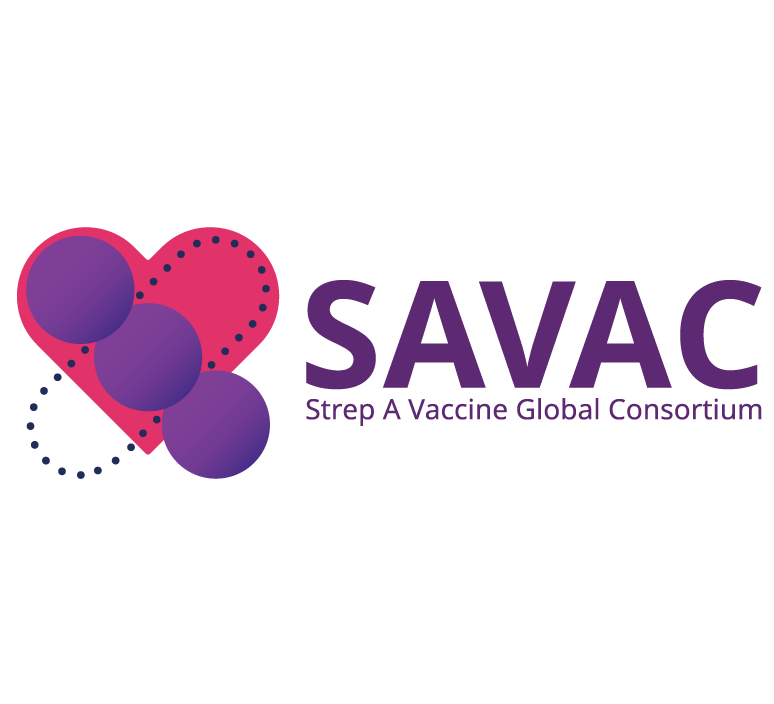Search
Research
SITting with communities to SToP skin infectionsAsha Cheryl John Jonathan Marianne Bowen Bridge Jacky Carapetis AM Mullane BA MBBS DCH FRACP PhD GAICD FAHMS OAM AM MBBS FRACP FAFPHM PhD FAHMS BSc (
Research
Consultation to Translation: Evaluation of an environmental health video to promote the role of environmental health activities for healthy skinAsha Cheryl John Jonathan Marianne Bowen Bridge Jacky Carapetis AM Mullane BA MBBS DCH FRACP PhD GAICD FAHMS OAM AM MBBS FRACP FAFPHM PhD FAHMS BSc (

Research
Strep A Vaccine Global Consortium (SAVAC) 2.0The mission of SAVAC, the Strep A Vaccine Global Consortium, to ensure that safe, effective and affordable Strep A vaccines are available and implemented to decrease the burden of Strep A disease in the most in need.
Research
Supporting parents with young children to create healthy screen time behavioursScreen time is an increasing challenge faced by parents across Australia.
About The Autism Register

The Early Start Screen Smart Program was developed with parents, for parents and professionals, and backed by research.
Research
LCC Flagship in Educational Equity. Using integrated administrative data to improve educational equity over the life course. UWA component - Evaluation of the Adult Migrant English ProgramThis project seeks to better understand the broader impacts of the AMEP on migrant outcomes.
Research
The PrEggNut Study – Maternal diet rich in eggs and peanuts to reduce food allergies: a randomised controlled trialDebbie Susan Palmer Prescott BSc BND PhD MBBS BMedSci PhD FRACP Head, Nutrition in Early Life Honorary Research Fellow debbie.palmer@uwa.edu.au

Sibling Support and Teen Talk Studies form
Research
Tracking global intervention coverageAdam Dan Saddler Weiss PhD PhD Research Officer Honorary Research Fellow Daniel.Weiss@thekids.org.au Research Officer Honorary Research Fellow Adam
